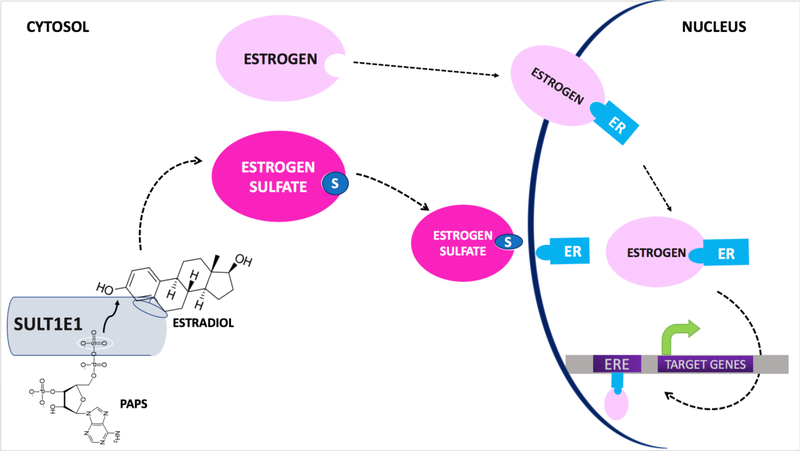Figure 1. Physiological role of EST in the sulfoconjugation of estrogens.
Endogenous or synthetic estrogens bind to either the catalytic or allosteric domains of the EST dimer. Two molecules may bind independently. EST catalyzes the transfer of a sulfate group from the universal donor 3’-phosphoadenosine-5’-phosphosulfate (PAPS) to the 3’-hydroxy group of E2. Upon sulfonation, estrogens become hydrosoluble and unable to bind to the estrogen receptor (ER) ⍺ nor β. Consequently, unlike the parent estrogens, the sulfonated estrogens cannot translocate to the nucleus and cause ER and estrogen response element (ERE) mediated regulation of target genes.

